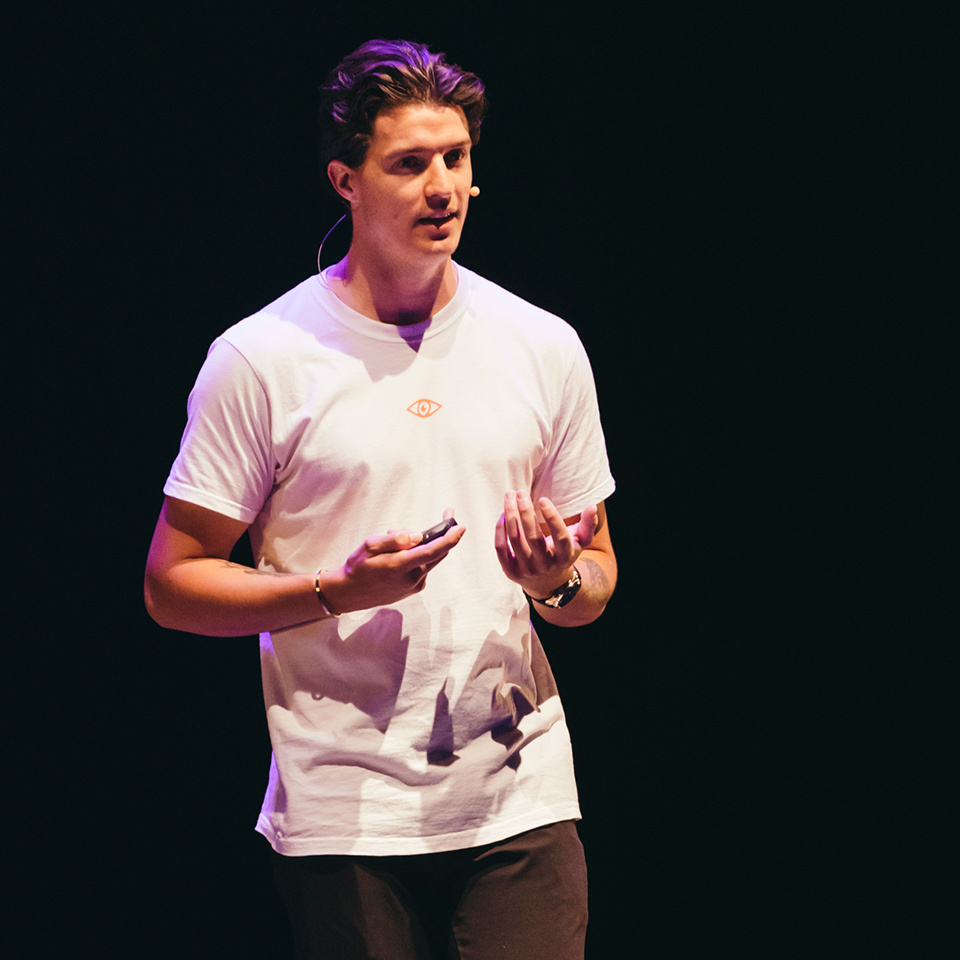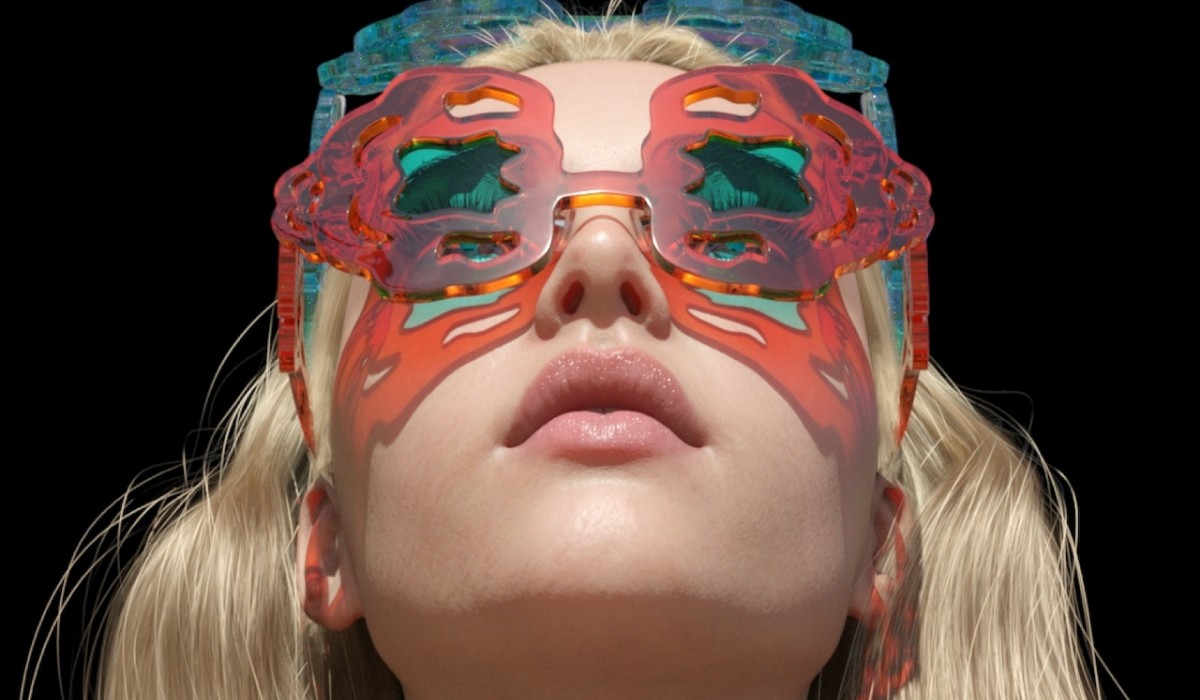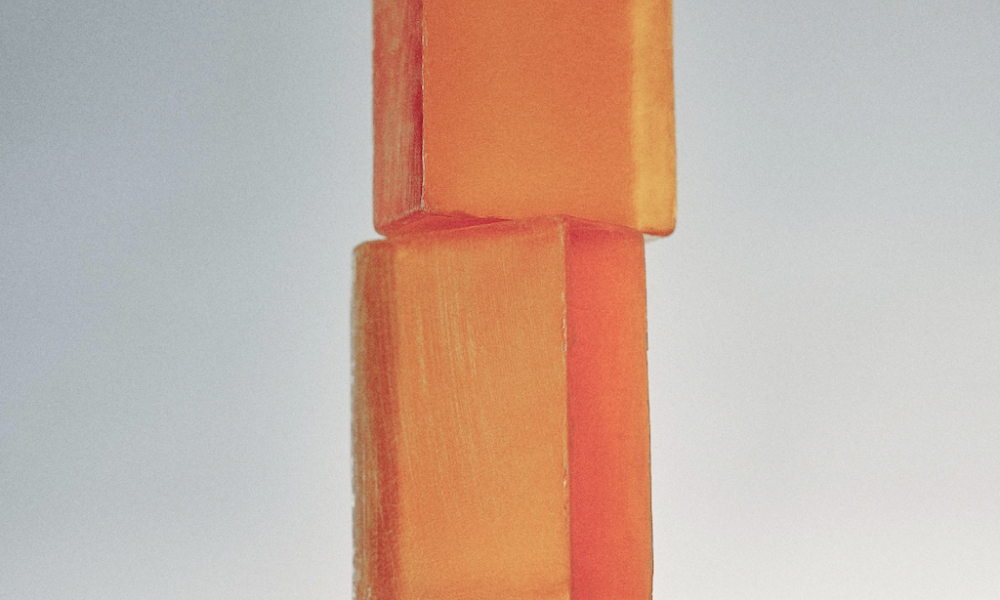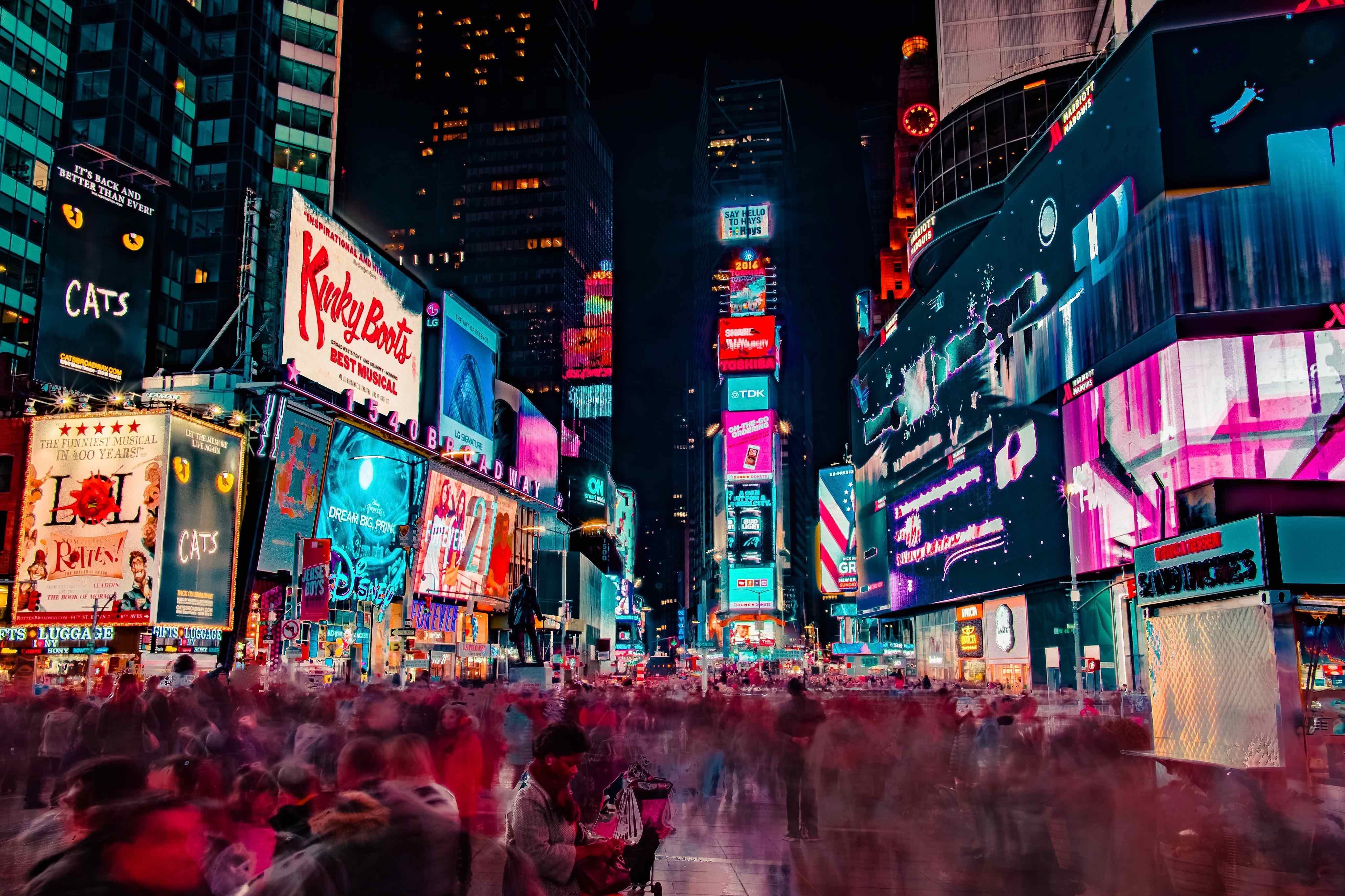
We live in a world where information doesn’t just abound, it bombards us.
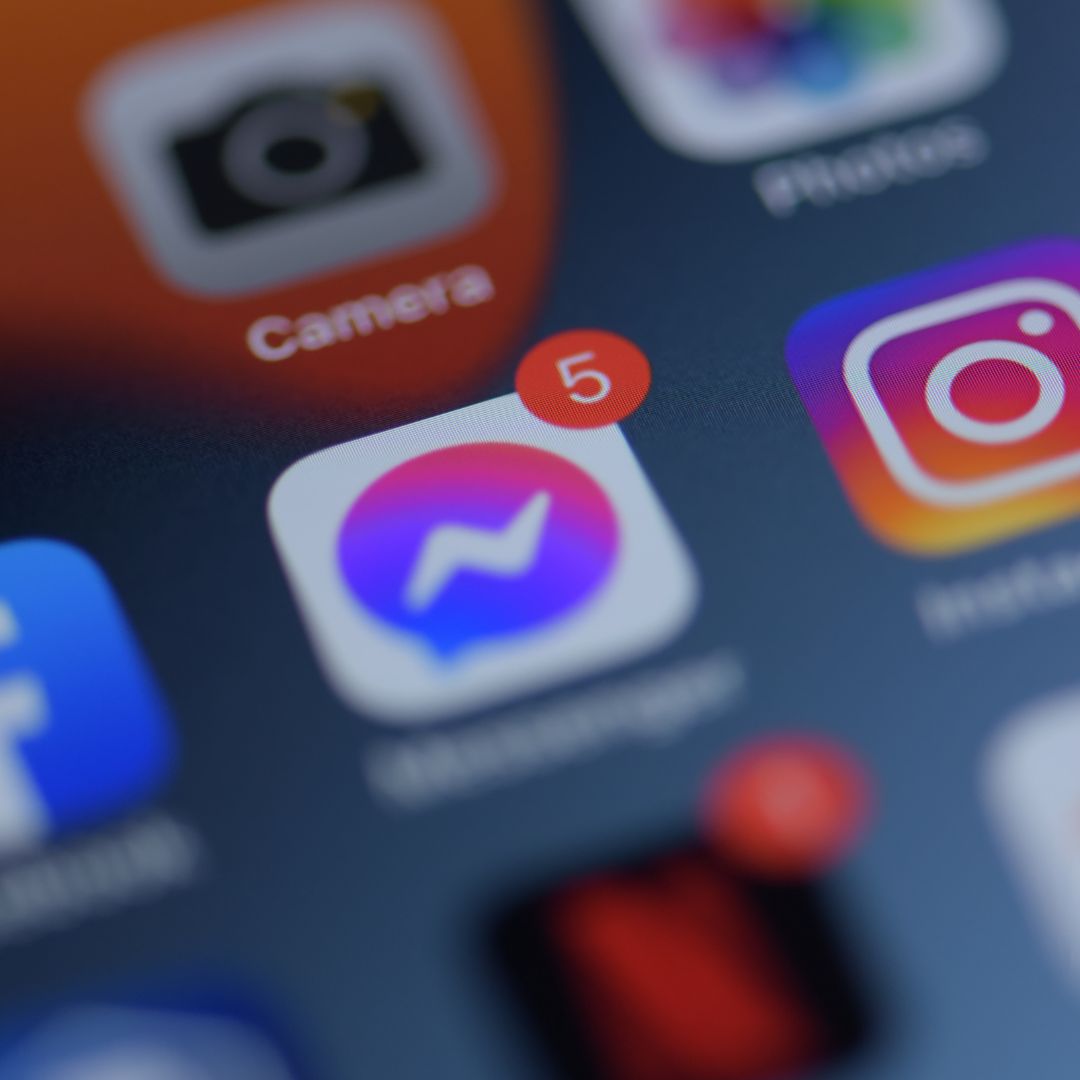
The average smartphone user, for instance, gets over 40 push notifications every day.
Since 2020, Zoom has experienced a 2900% increase in daily meeting participants.
And, as if that weren’t enough, we’re interrupted—or self-interrupted—every three minutes.
In a world like this, are we still able to focus enough to leave a mark on the creative industry?
The short answer: yes.
If you need proof that there are people out there who can still bypass all that distraction and effortlessly create, look no further than the kids in your life.
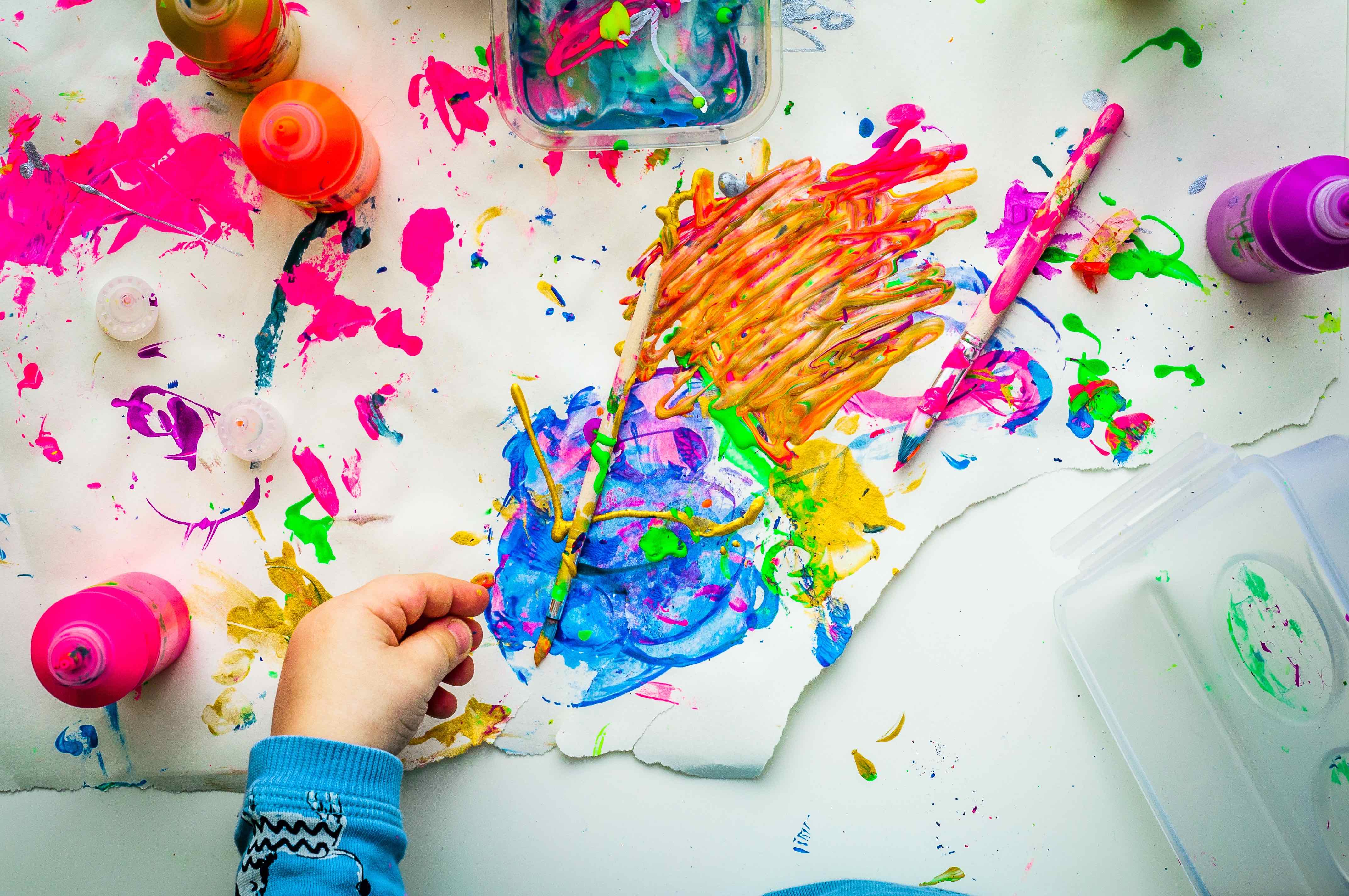
But as you grow up, the constant bombardment of information starts to take its toll and you lose that natural ability to create. And the worst part is that if you deliberately try and return to that childhood skill, creativity probably feels even more exponentially difficult.
The problem with being creative, then, is a double-edged sword. You either find yourself too overwhelmed with information to create, or you shut out so many of those distractions that you wind up trying too hard to create.
To be creative successfully, your objective can’t be to make art. It needs to be to enter a state in which art becomes inevitable.
And to accomplish that, we need to unpack the three P’s: Purpose, Perspective, and Presence.
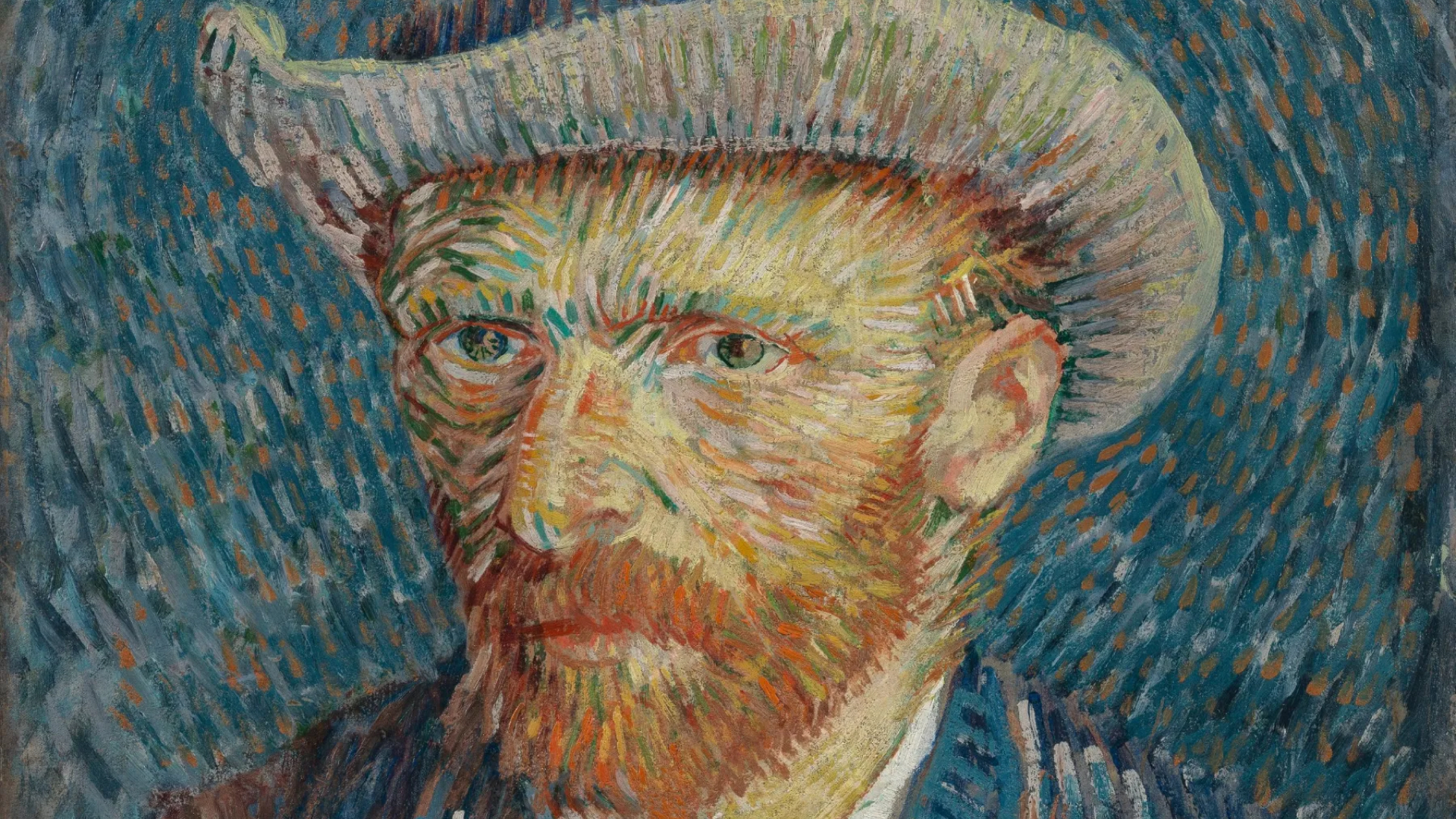
Purpose
Emotion guides you in your everyday decision-making. It’s the driving force for 95% of people’s purchasing behaviors and certain studies have shown that people with damage to the part of the brain responsible for emotion are incapable of making decisions.
Emotional purpose applies in a much larger sense as well: great films, novels, or paintings aren’t remembered because of what they said or did, instead, they’re remembered for the way that they made people feel.
This realization became the guiding principle for our work creating Prepare to Pioneer.
The idea for the experience was to guide users toward a personalized aura, or “Pioneering Profile,” through a series of questions asked by an AI chatbot.
Given the AI of it all, injecting a sense of something as human as emotional purpose was important. If we wanted to be approachable, we couldn’t go too sci-fi for fear of winding up in Black Mirror territory. We also couldn’t just default to a traditional chatbot because we’d lose all sense of character

Ultimately, we landed on a particle cloud for the central figure of the experience, one that morphed from a face to different objects and colors based on the questions it guided the user through.
In combination with an AI generated voice and a custom motion graphic conveying the idea of speech, the final experience found success with embracing futuristic tech while at the same time adding a sense of emotional gravitas.

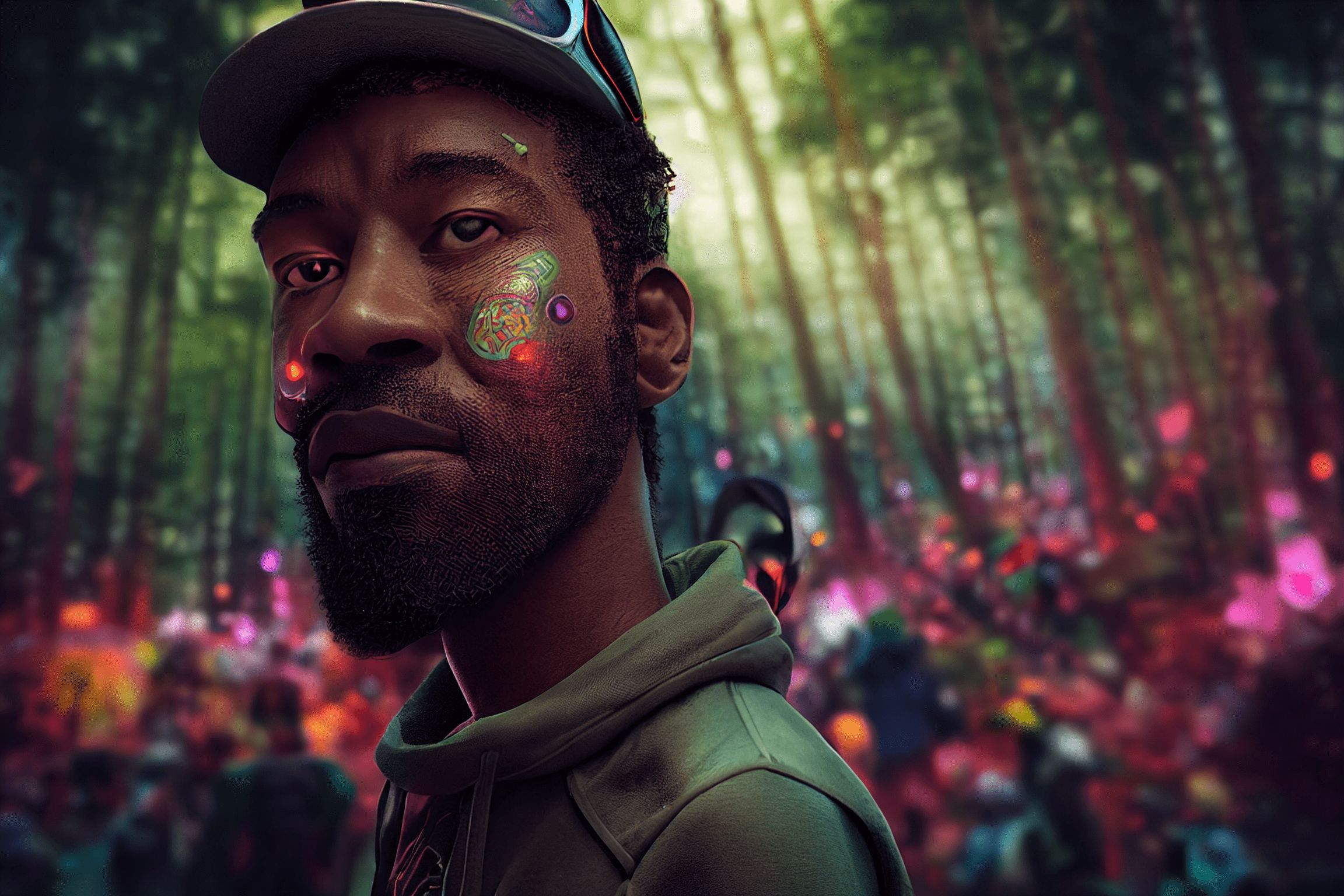
Perspective
Stop going to the same top-of-mind solutions when looking for creative inspiration. Trust us, we used to do the same thing—until we realized that when everyone uses the same inspiration, the things we create aren’t much different from one another.
Perspective is limited by what we know. To expand your perspective, you have to go beyond what’s familiar. You have to experiment and see what happens.
Or, put another way, you have to f*ck around and find out.
As silly as this much-memed phrase sounds, it actually works. The front part of your brain, a.k.a. the pre-frontal cortex, acts as your creative center. And, if you trigger it enough, it kicks off a process called neuroplasticity.
This is the basis for something called “progressive ideation,” a three-step process that helps you generate new ideas.
Step 1) Ignite
In this part of the process, you throw yourself into all that information you’re being constantly bombarded with and choose whether or not to find inspiration in the same old stuff or something else.
Basically, the goal is to surround yourself with the best possible distractions.
In DEPT®’s work for Sprite X Marvel, we were tasked with creating an experience celebrating the Black creators at the center of Black Panther: Wakanda Forever. The only caveat was that we couldn’t use Marvel Assets, and it couldn’t look like a 1:1 of anything Marvel related.

So we went to Dall-E for some valuable distraction, using carefully chosen words to make sure our prompt made use of top-quality inspiration. From there, we sketched our way to the concept art we used for the final product.

Step 2) Discover
Many times when we design, we start in the exact dimensions specified for the final product. But in order for our brains to do what they do best and connect the dots between different ideas, we actually need all the space we can get.
That said, it’s best to make your canvas as big as possible. Start by sketching and keep going, iterating upon idea after idea until you hit upon something that works.
For Sprite X Marvel, for example, we came up with tons of ways to display the tutorial for how to use the experience. At first none of them felt right. But with each successive version we learned what exactly it was that wasn’t working.

Eventually, we landed on the set of design combinations that wound up in the final product. Even though this was such a small element, the ideas we used for the tutorial informed our design for the entire experience.

Step 3) Connect
The final step of progressive ideation relates back to the way your brain links information together to solve a problem.
When your brain is presented with a concept, it retrieves relevant information based on memories, organizes that information into coherent thoughts, and–particularly if you’re working in another language–processes those thoughts in digestible chunks.
The way your brain does this shows the value of Buckminster Fuller’s famous saying: “A problem well-stated is a problem half-solved.”
By giving yourself the best distractions and plenty of space to work, you can jumpstart the creative process by first understanding what you need to solve for.

Presence
Progressive ideation works on a loop, to do it successfully you need to be present and focussed to maximise the process.
If your art direction, concept, or creative process is full of distractions, you’ll never get the most out of it. By decluttering, you can maximize what’s left and uncover the candidates for what’s called “impact image.”
An impact image is the MVP of the creative process, the visual that best captures the concept behind the project or the one that most inspires viewers to take action.
Essentially, the impact image is what identifies your work and makes it instantly reconizable.
DEPT®’s project for De Bijenkorf, for example, people might know as “the one with the bee following you.”
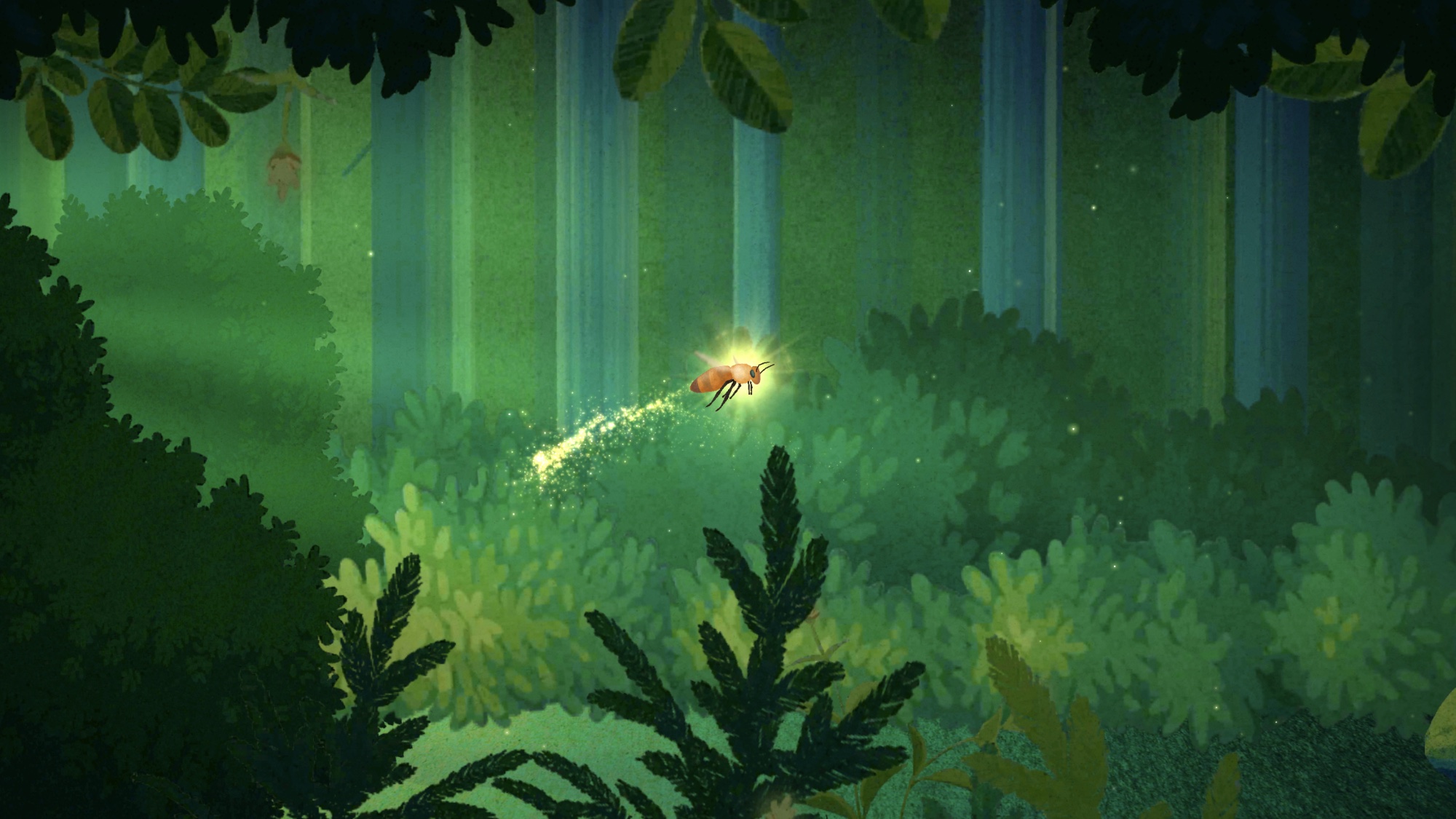
The work DEPT® did for the Virtual Dubai Expo 2020 might otherwise be known as “the one with the 3D map in the desert.”
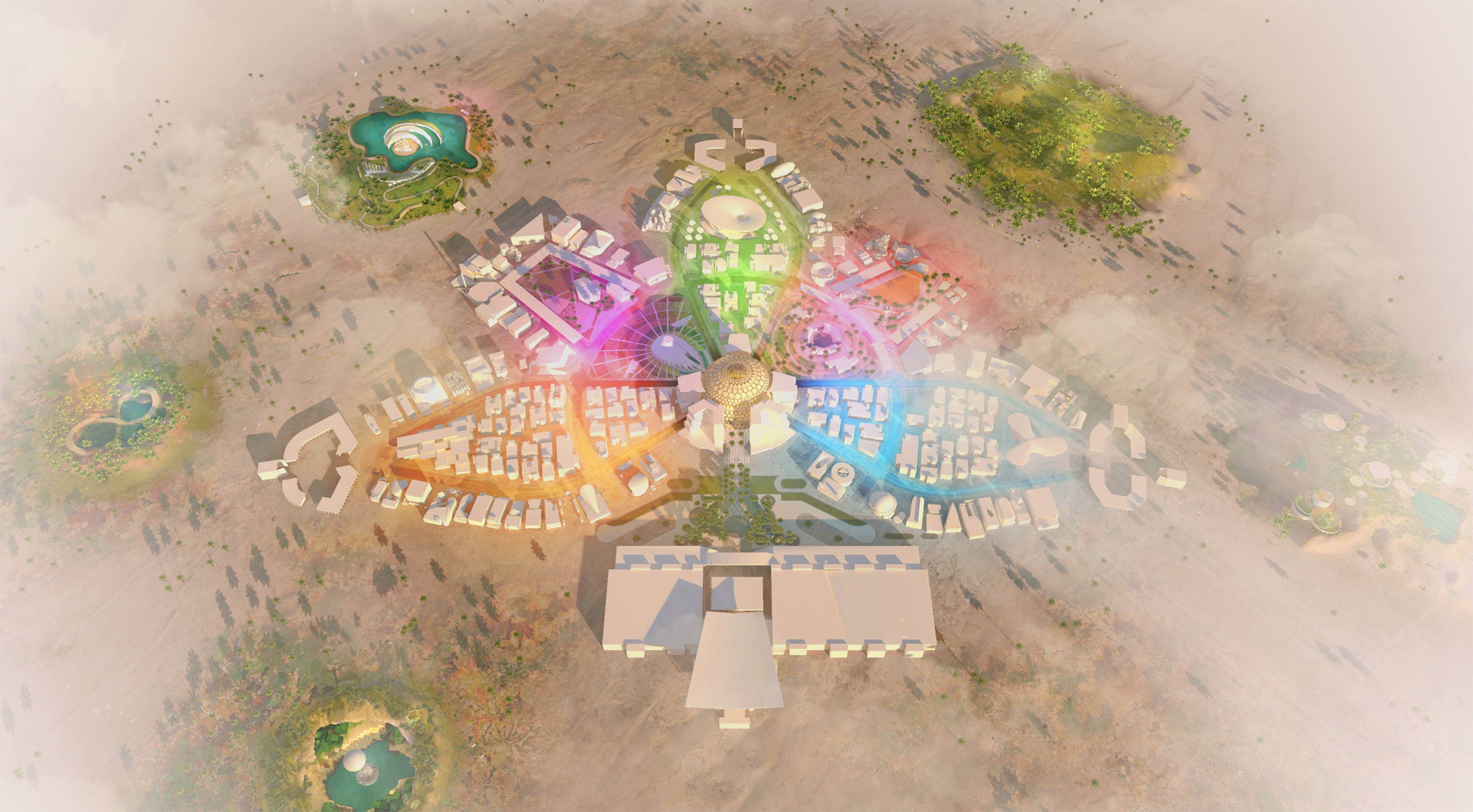
And it’s safe to say that “the one with the artworks in the hallway” is probably DEPT®’s project for Adobe’s Taking Shape campaign.
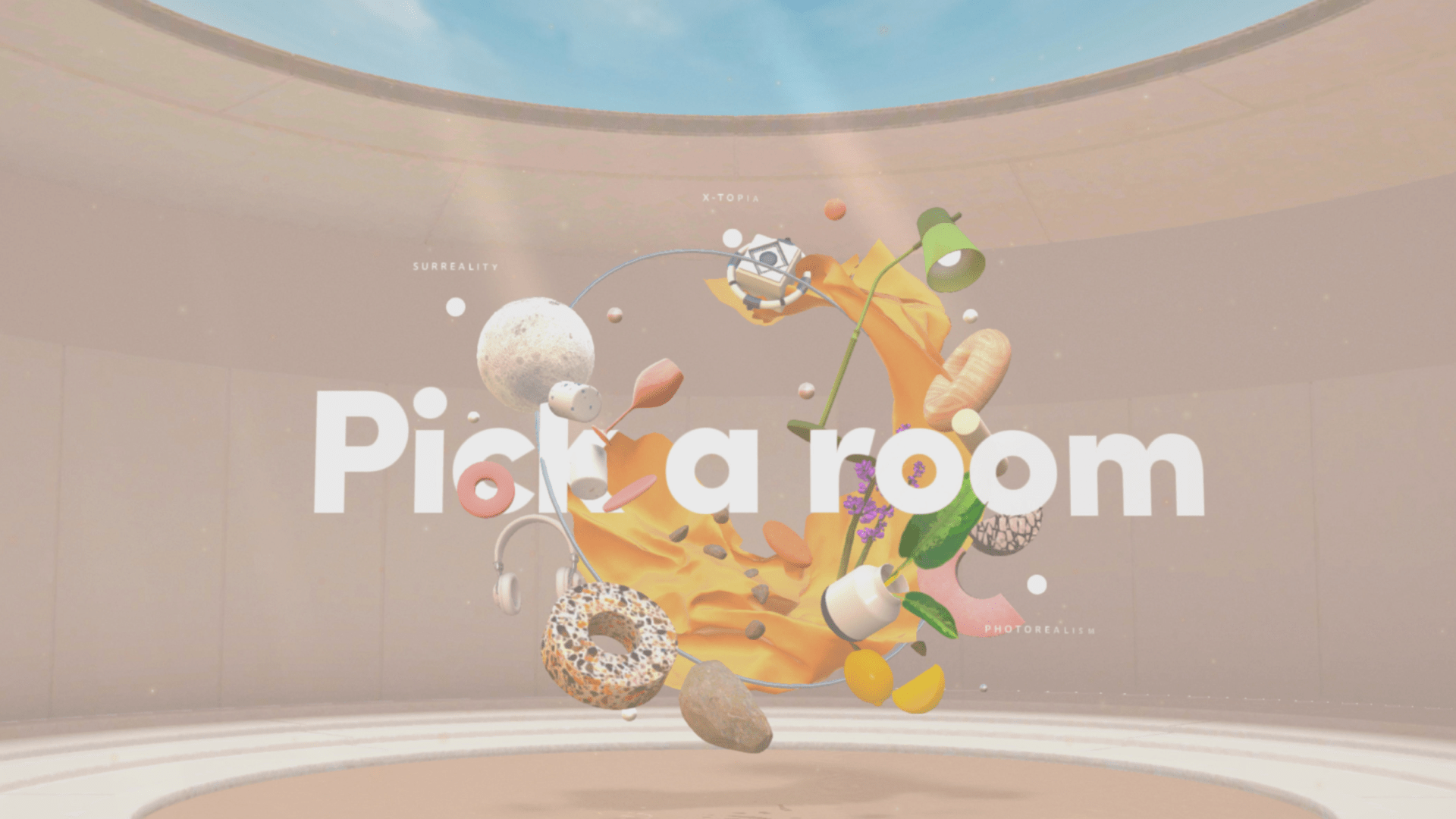
As fellow creatives, we understand how your work can be challenging at the best of times and excruciating at the worst.
At least several times over the course of any given week you probably ask yourself, “Why on earth would anyone do this?”
But, at the end of the day, we also realize what drives you is your successes. Seeing the results of your efforts brought to life in a way that users enjoy or benefit from.
So, the next time you hit the creative wall, remember that feeling. And then use Purpose, Perspective, and Presence to relieve yourself of the pressure to make art and, instead, to enter that state in which art isn’t just the objective: it’s the inevitable.
This post is based on a presentation originally given by DOGSTUDIO/DEPT® at the Awwwards Conference 2023 in Toronto.
If you enjoyed this, you may also be interested in BASIC/DEPT®’s work crafting company culture through JAMS, a music-sharing platform they also discussed at Awwwards 2023.

